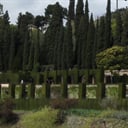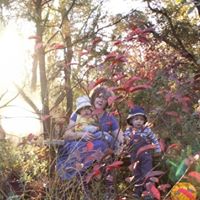Which fruit is in the picture?
The quince is the sole member of the genus Cydonia in the family Rosaceae (which also contains apples and pears, among other fruits). It is a deciduous tree that bears a pome fruit, similar in appearance to a pear, and bright golden-yellow when mature. Throughout history the cooked fruit has been used as food, but the tree is also grown for its attractive pale pink blossoms and other ornamental qualities.
The tree grows 5 to 8 m (16 to 26 ft) high and 4 to 6 m (13 to 20 ft) wide. The fruit is 7 to 12 cm (3 to 5 in) long and 6 to 9 cm (2 to 4 in) across.
The immature fruit is green with dense grey-white fine hair, most of which rubs off before maturity in late autumn when the fruit changes color to yellow with hard, strongly perfumed flesh. The leaves are alternately arranged, simple, 6–11 cm (2–4 in) long, with an entire margin and densely pubescent with fine white hairs. The flowers, produced in spring after the leaves, are white or pink, 5 cm (2 in) across, with five petals.
The seeds contain nitriles, which are common in the seeds of the rose family. In the stomach, enzymes or stomach acid or both cause some of the nitriles to be hydrolyzed and produce hydrogen cyanide, which is a volatile gas. The seeds are only likely to be toxic if a large quantity is eaten.
More Info:
en.wikipedia.org









